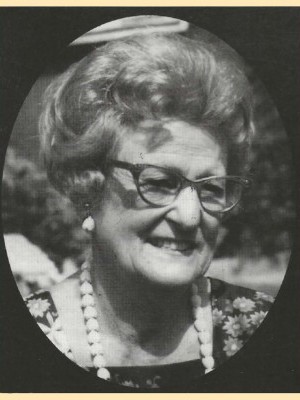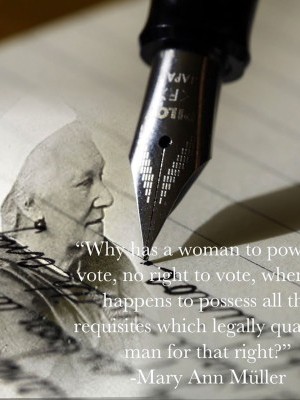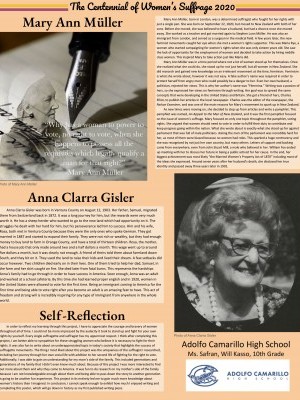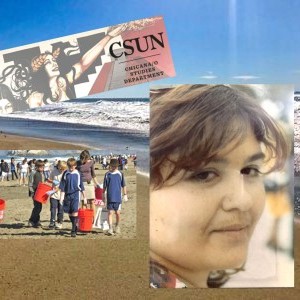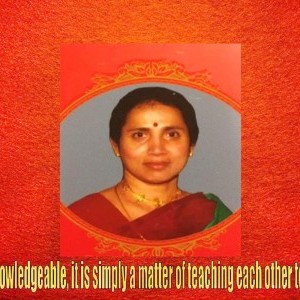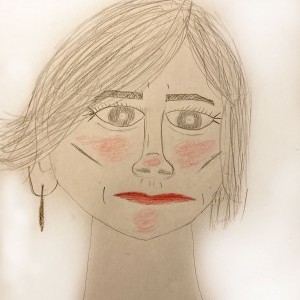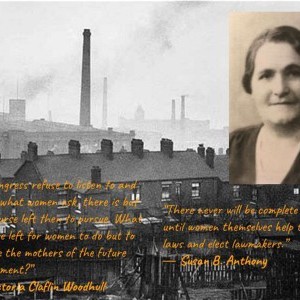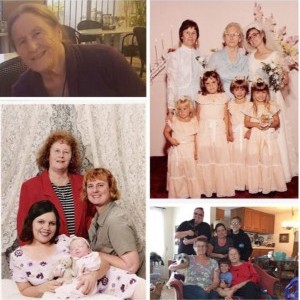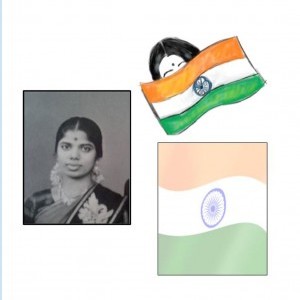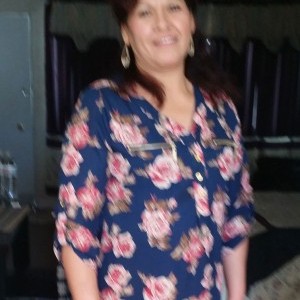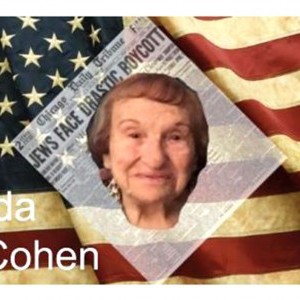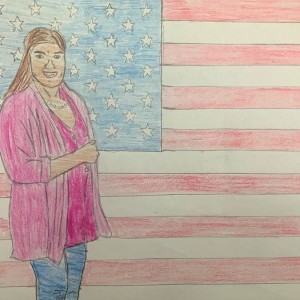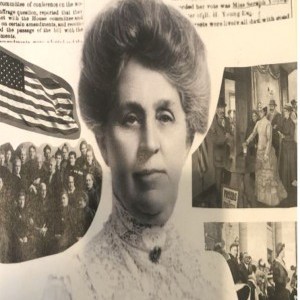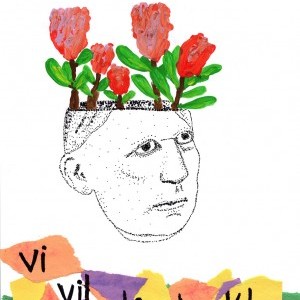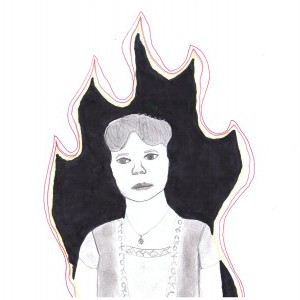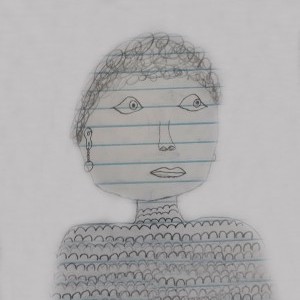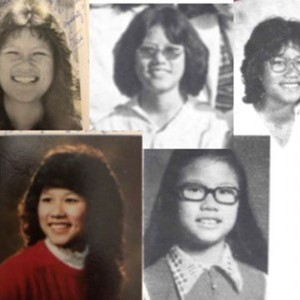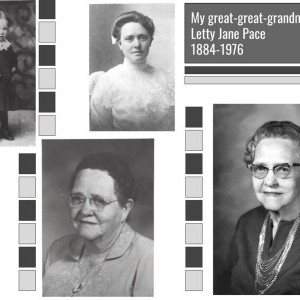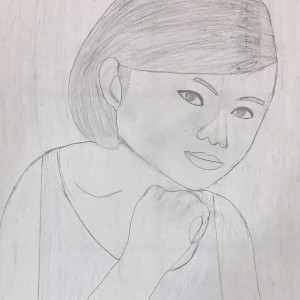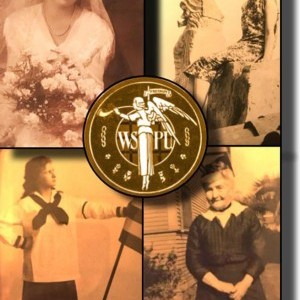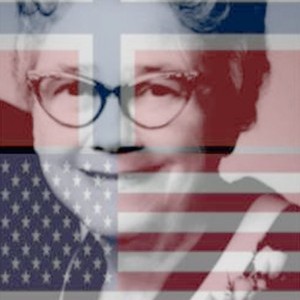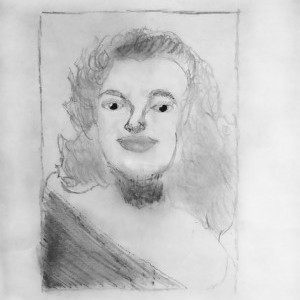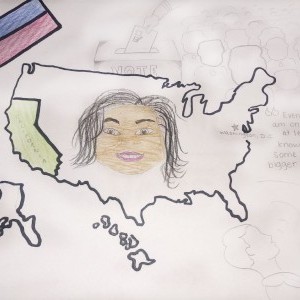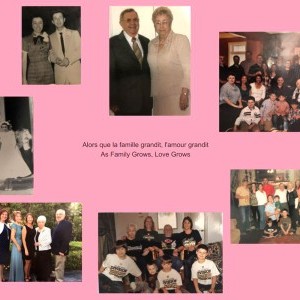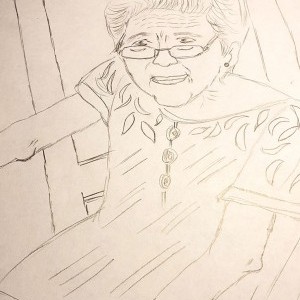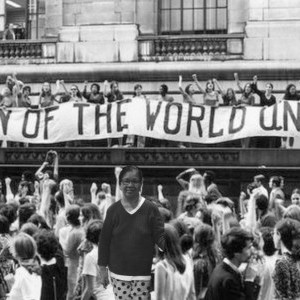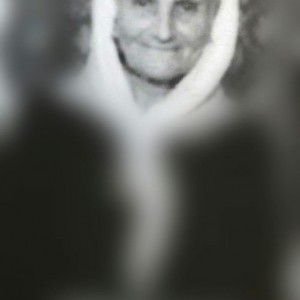Will Kasso
Adolfo Camarillo High School | Camarillo, CA | 10th
Inspirational Family Member
Anna Clarra Gisler
Anna Clarra Gisler was born in Ventura County on August 12, 1903. Her father, Samuel, migrated there from Switzerland back in 1872. It was a long journey for him, but the rewards were very much worth it. He was a sheepherder who wanted to go to the new land, which had opportunity on it. The struggles he dealt with were hard for him, but his perseverance led him to success. He and his wife, Rosa, met in Ventura County because they were the only ones who spoke German. They got married in 1887 and started to expand their family.
They were not rich or wealthy, but they had enough money to buy land to farm in Orange County, and they had a total of thirteen children. Rosa, the mother, had a house job that only made around two and a half dollars a month. This wage went up to around five dollars a month, but it was clearly not enough. A friend of theirs told them about farmland down South, and they bit on it. They used the land to raise their kids and lived their dream. A few setbacks did occur however. Two children died early on in their lives. One of them tried to help her dad, Samuel, in the farm and her skirt caught on fire. She died later from fatal burns. This represents the hardships Anna’s family had to go through in order to have success in America. Soon enough, Anna was an adult and worked at a school cafeteria. By this time she had learned proper English and in 1920, women in the United States were allowed to vote for the first time.
Being an immigrant coming to America for the first time and being able to vote right after you become an adult is an amazing feat to have. This act of freedom and strong will is incredibly inspiring for any type of immigrant from anywhere in the whole world.
Historical Figure I Admire
Mary Ann Müller
Mary Ann Müller, born in London, was a determined suffragist who fought for her rights with just a single pen. She was born on September 22, 1820, but moved to New Zealand with both of her sons. Before she moved, she was believed to have a husband, but got a divorce once she moved away. She worked as a teacher and got married again to Stephen Lunn Müller. He was also an immigrant from London, and served as a surgeon in the medical field. A few years later, the new feminist movements caught her eye when she met a women’s rights supporter. This was Maria Rye, a woman who started campaigning for women’s rights when she was only sixteen years old. She saw the lack of opportunity for the employment of women and decided to take action by hiring middle class women. This inspired Mary to take action just like Maria did.
Mary Ann Müller was in a time period where not a lot of women stood up for themselves. Once she realized what she could do, she stood up for not just herself, but all women in New Zealand. She did research and gained new knowledge on an “irrelevant” movement at the time, Feminism. Feminism is what she wrote about, though it was not easy. A fake author’s name was required in order to protect herself from angry men who could possibly be a danger to her. Even her own husband, a politician, rejected her views. This is why her author’s name was “Fémmina.” Writing was a passion of hers, so she expressed her views on feminism through writing. Her goal was to spread the same concepts that were developing in the United States and Britain. She got a friend of hers, Charles Elliot, to publish her articles in the local newspaper.
Charles was the editor of the newspaper, the Nelson Examiner, and was one of the main reasons for Mary’s movement to spark up in New Zealand. As new times were moving on, she decided to step up from articles and write a pamphlet. This pamphlet was named, An Appeal to the Men of New Zealand, and it was the first pamphlet focused on the issue of women’s suffrage. Mary focused on only one topic throughout the pamphlet, voting rights. She argued that women should need to vote in order to fulfill their duty to contribute and keep progress going within the nation. What she wrote about is exactly what she stood up for against a parliament that was full of male politicians. Asking the men of the parliament was incredibly hard for her, as most of them were biased because no women had roles. This sparked a huge controversy and she was recognized by not just her own country, but many others. Letters of support and backing came from everywhere, even from philosopher John Stuart Mill, a male who believed in her. William Fox ended up meeting with her to discuss her future in being a public activist for her cause. In the end, her biggest achievement was most likely The Married Women’s Property Act of 1870 which included most of the ideas she expressed. Around seven years after her husband's death, she disclosed her true identity and passed away three years later in 1901.
What the Project Means to Me
In order to reflect my learning through this project, I have to appreciate the courage and bravery of women throughout all of time. I could not be more impressed by the audacity it took to stand up and fight for your own rights by yourself. Every single suffragette and suffragist has my uppermost respect. I think after completing this project, I am better able to sympathize for these struggling women who believed it was necessary to fight for their rights. It was also fun to write about an underappreciated topic in today’s society that highlights the success of suffragette movements. The thing I most liked about this project was the uniqueness of the suffragist I researched, including her journey through her own social life with addition to her second life of fighting for the right to vote.
Additionally, I was able to gain an understanding of my mom’s side of the family. This included generations and generations of my family that I did not even know much about. Because of this project I was more interested to find out more about them and why they came to America. It was fun to do research on my mother’s side of the family because I am not knowledgeable enough about them and being able to pass down the story to another generation is going to be another fun experience. This project in its entirety led me to gain much more knowledge about women’s history than I imagined. In conclusion, I cannot speak enough to exhibit how much I enjoyed writing and completing this poster, which will go down in history as my first published writing piece.
Explore the Archive
More From This Class
Click on the thumbnails below to view each student's work.Deadline Extended
There's still time to join Women Leading the Way.
Become a part of our storytelling archive. Enroll your class today.
Join the Project

